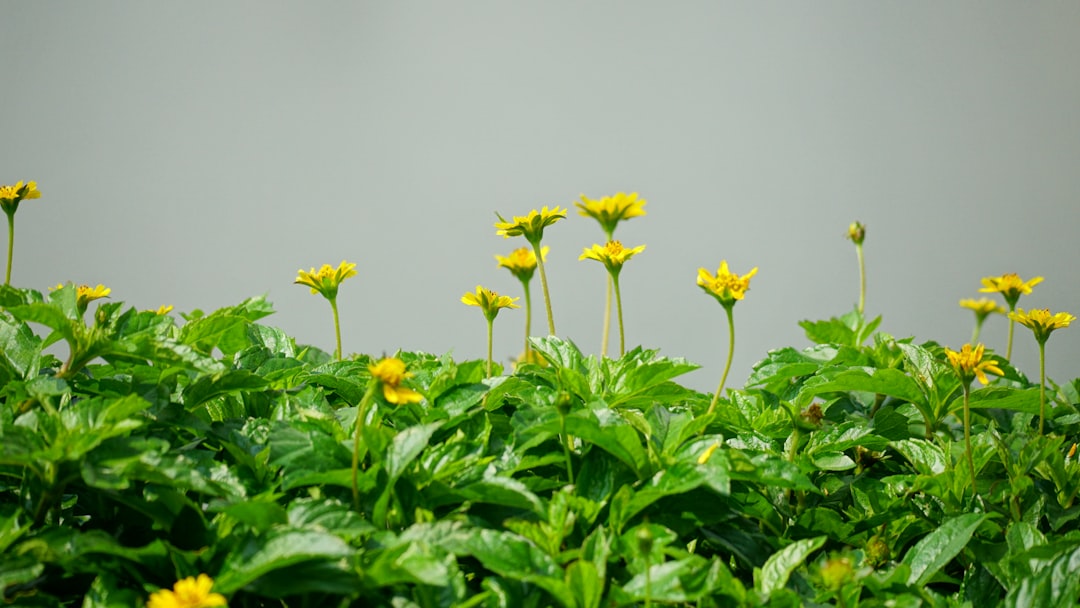Transform Your Space with Colorful Flowering Hedges

In the world of gardening, the traditional fence has long been a staple for creating boundaries. However, there's a more enchanting and natural alternative that can turn your outdoor space into a vibrant oasis: flowering hedges. These living barriers not only provide a sense of privacy and demarcation but also infuse your garden with a riot of colors and delightful fragrances.
One of the most significant advantages of using flowering hedges instead of fences is the aesthetic appeal. Fences, while functional, can often appear stark and uninviting. In contrast, flowering hedges offer a soft, organic look that blends seamlessly with the surrounding landscape. They can be customized to suit any style, from formal and structured to wild and natural. Whether you prefer the classic elegance of roses or the cheerful blooms of hydrangeas, there's a flowering hedge plant that will meet your aesthetic preferences.
Another benefit of flowering hedges is their environmental impact. Unlike fences, which are typically made from non - renewable materials such as wood or metal, flowering hedges are living organisms. They absorb carbon dioxide, release oxygen, and provide habitat for beneficial insects and birds. This not only helps to improve air quality but also contributes to the overall biodiversity of your garden. For example, bees are attracted to the nectar of many flowering hedge plants, and in the process, they pollinate other plants in your garden, leading to better fruit and vegetable yields.
When it comes to choosing the right flowering hedge plants, there are several factors to consider. First, you need to think about the climate in your area. Different plants have different temperature and moisture requirements. For instance, if you live in a hot and dry climate, drought - tolerant plants like lavender or rosemary would be a great choice. On the other hand, if you're in a cooler, more humid region, plants like azaleas or rhododendrons might thrive.
Sunlight is another crucial factor. Some flowering hedge plants, such as forsythia, require full sun to produce an abundance of flowers. Others, like hostas, prefer partial or full shade. Make sure to assess the amount of sunlight your chosen planting area receives throughout the day before selecting your plants.
Soil type also plays a vital role in the success of your flowering hedge. Most plants prefer well - drained soil, but some, like bog plants, can tolerate wetter conditions. You may need to amend your soil with compost or other organic matter to create the ideal growing environment for your chosen plants.
Once you've selected the right plants, proper planting and maintenance are essential. When planting your flowering hedge, make sure to space the plants correctly. This will allow them to grow and fill in without overcrowding. Water the plants regularly, especially during the first few weeks after planting to help them establish a strong root system. Pruning is also an important part of maintaining a healthy and attractive flowering hedge. Regular pruning helps to shape the hedge, encourage new growth, and remove any dead or diseased branches.
Flowering hedges can be used in a variety of ways in your garden. You can use them to create a border around your property, separate different areas of your garden, or even as a backdrop for other plants. For example, a tall, dense flowering hedge can provide a beautiful backdrop for a flower bed, making the colors of the flowers stand out even more.
In conclusion, replacing traditional fences with flowering hedges is a wonderful way to transform your outdoor space. They offer a unique combination of beauty, functionality, and environmental benefits. With a little planning and care, you can create a natural border that will be the envy of your neighbors and a haven for you and your family to enjoy for years to come.
So, why wait? Start exploring the world of flowering hedges today and bring a touch of nature's magic to your garden.